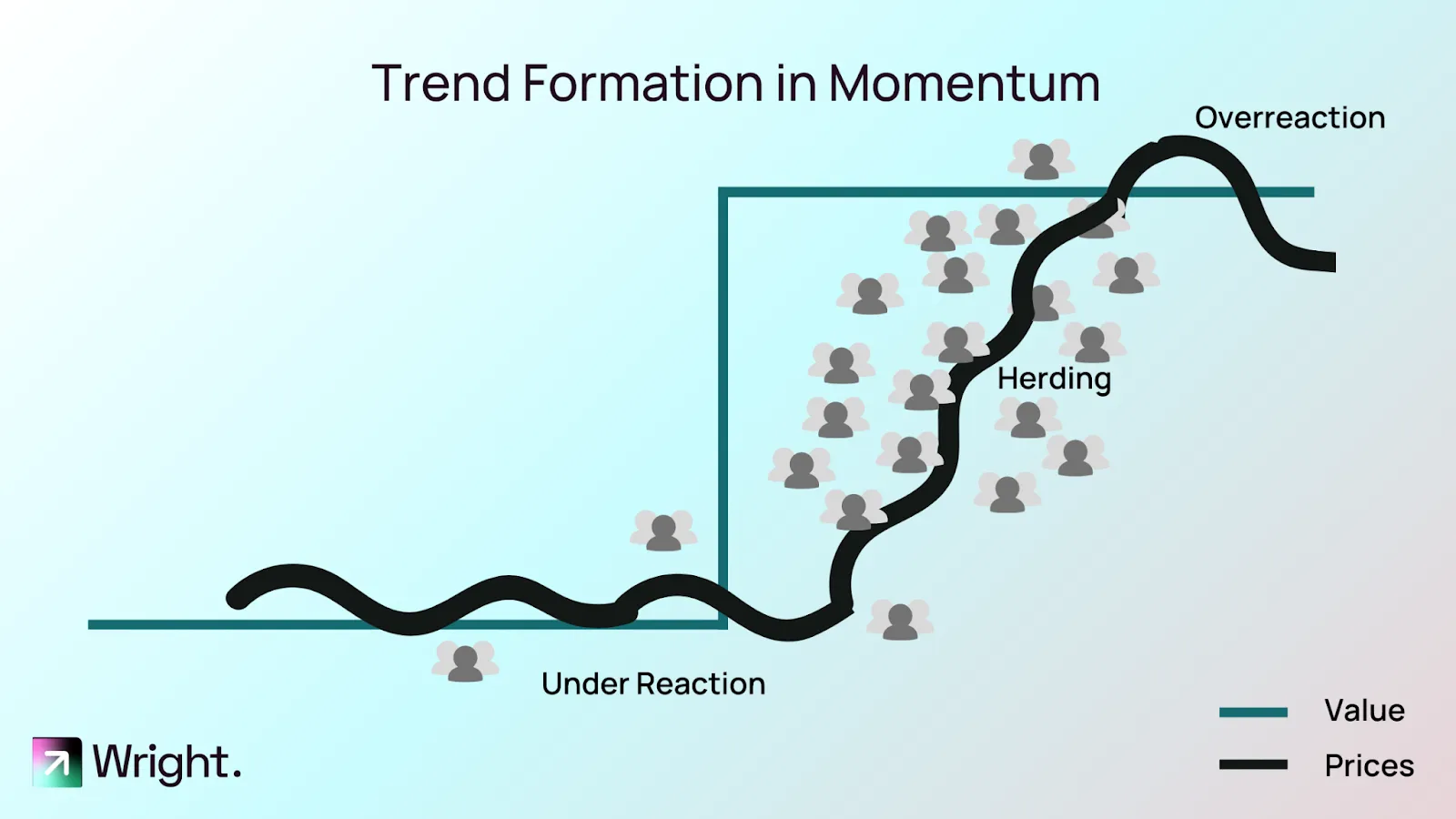- Tools

Get your
financial
Advise - Services

Get your
financial
Advise - About
-
News & Blogs
-
Start Investing
Find the
Perfect Portfolio
- Sign In








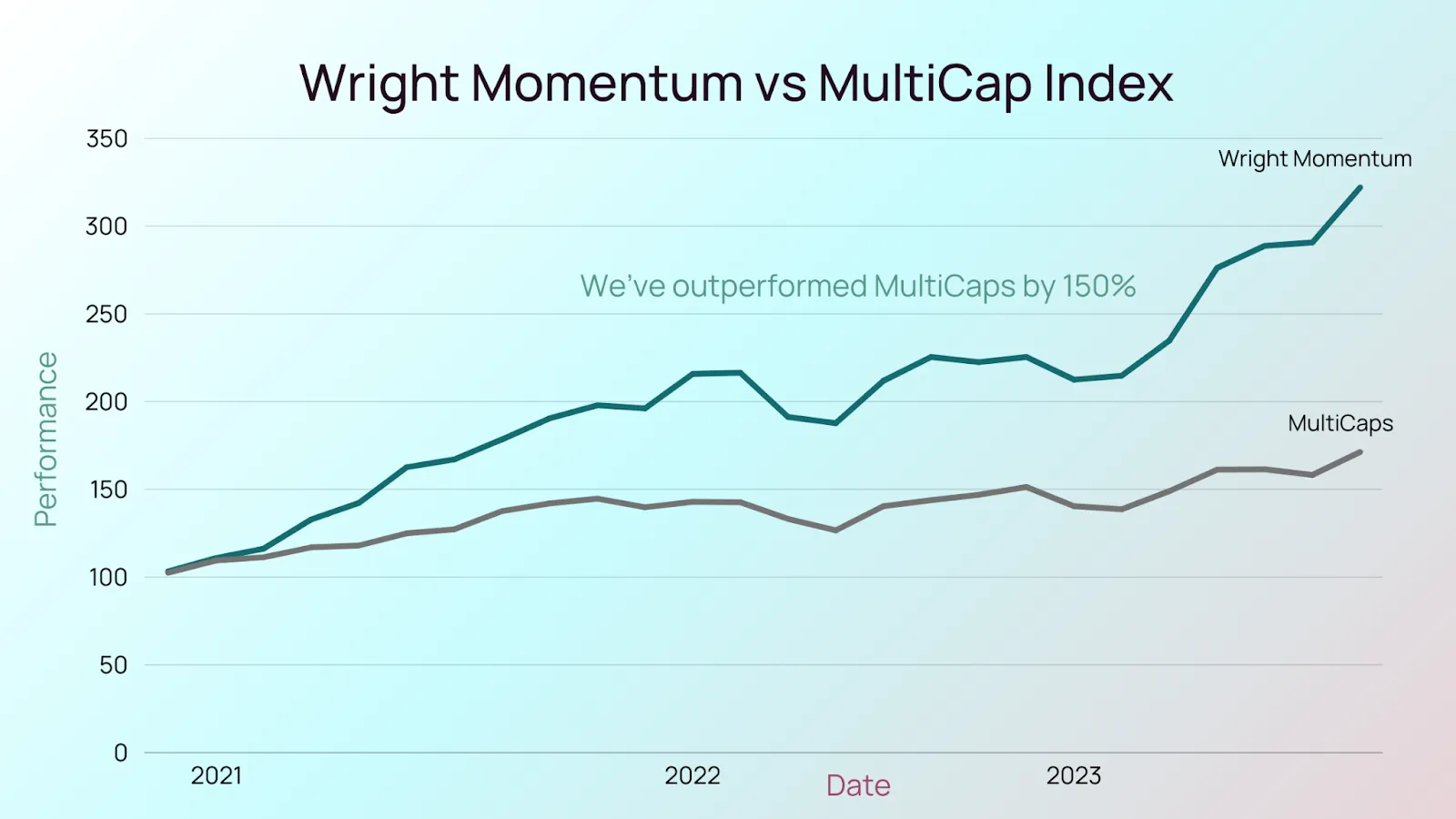
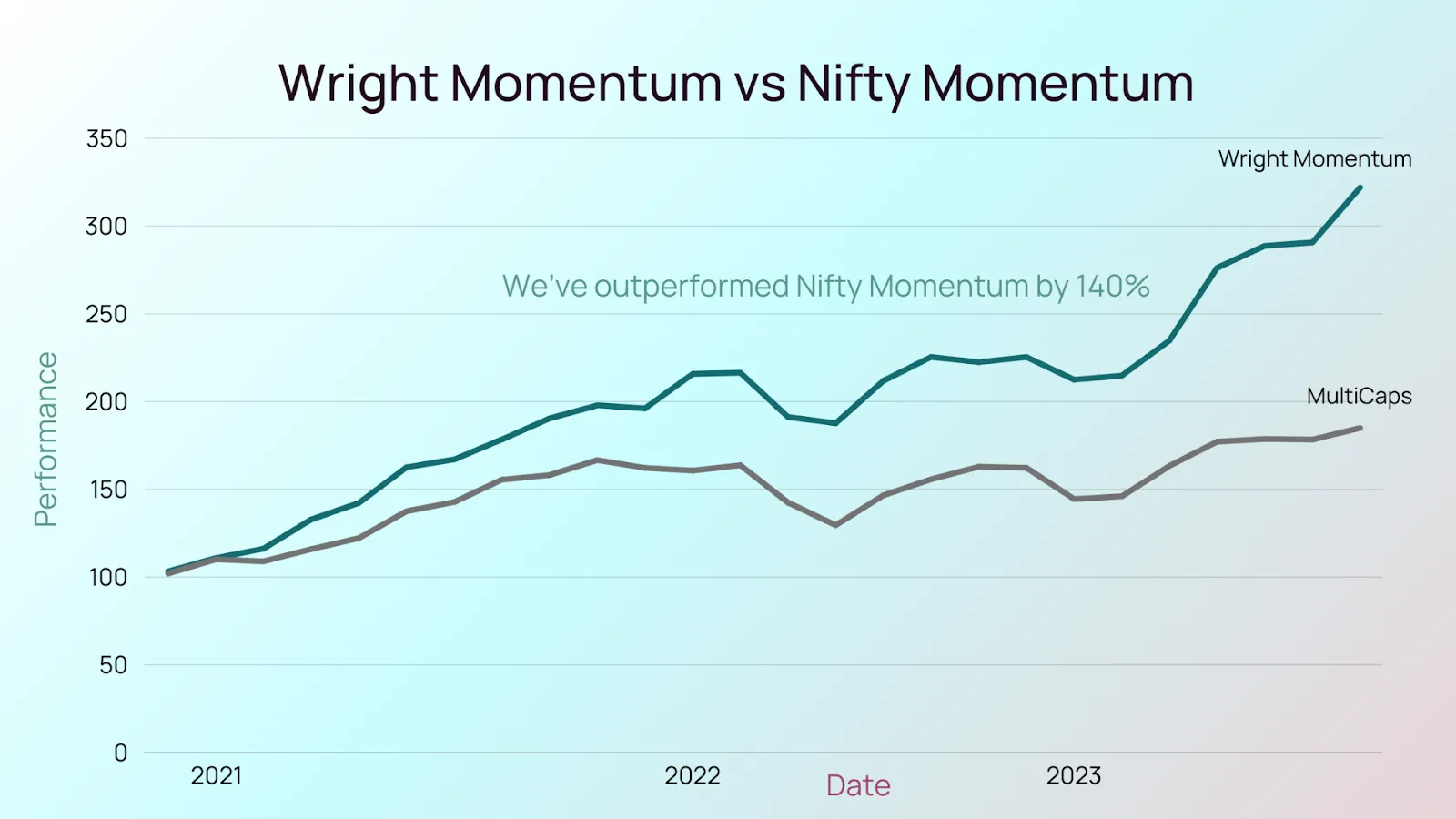
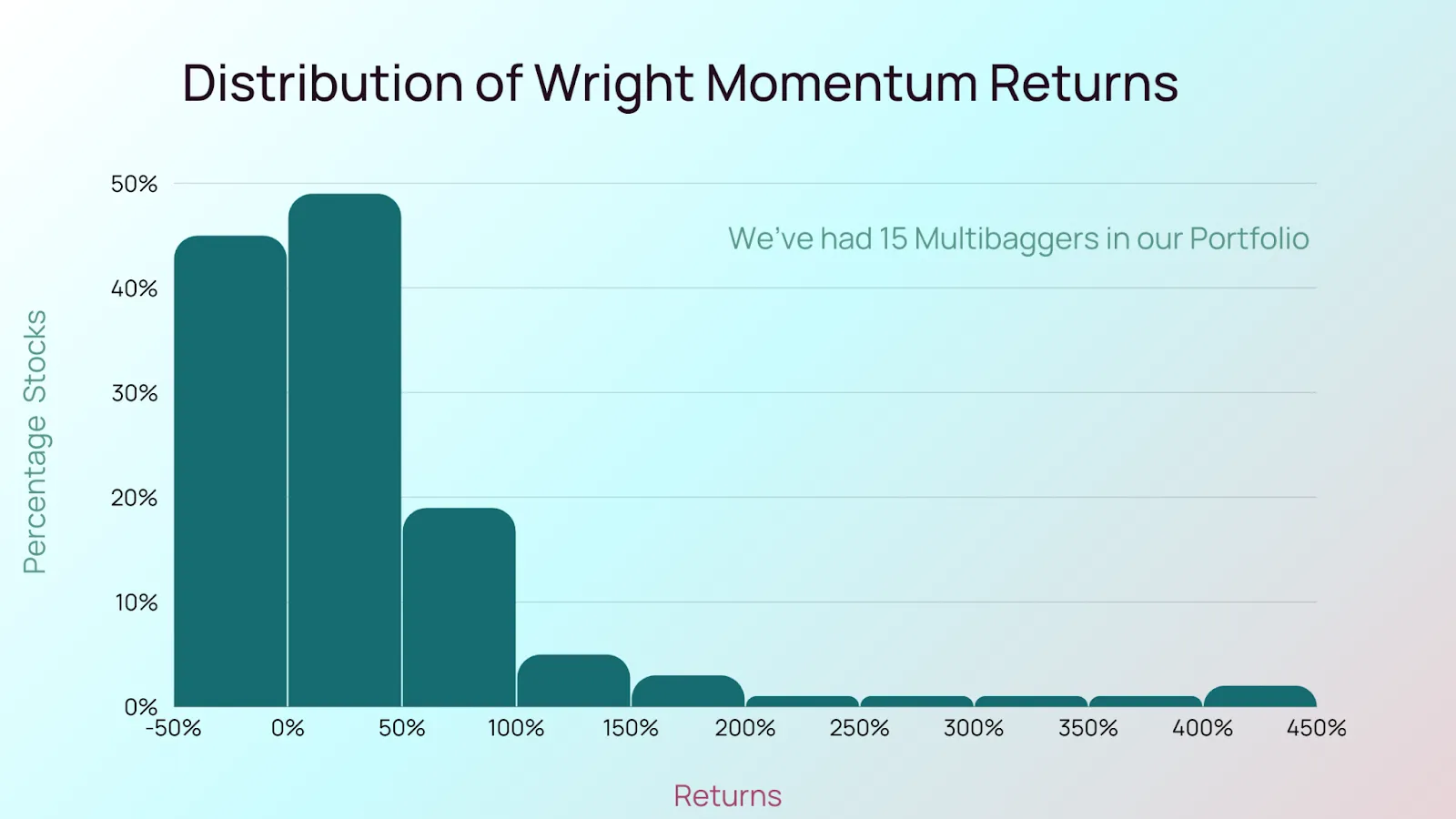
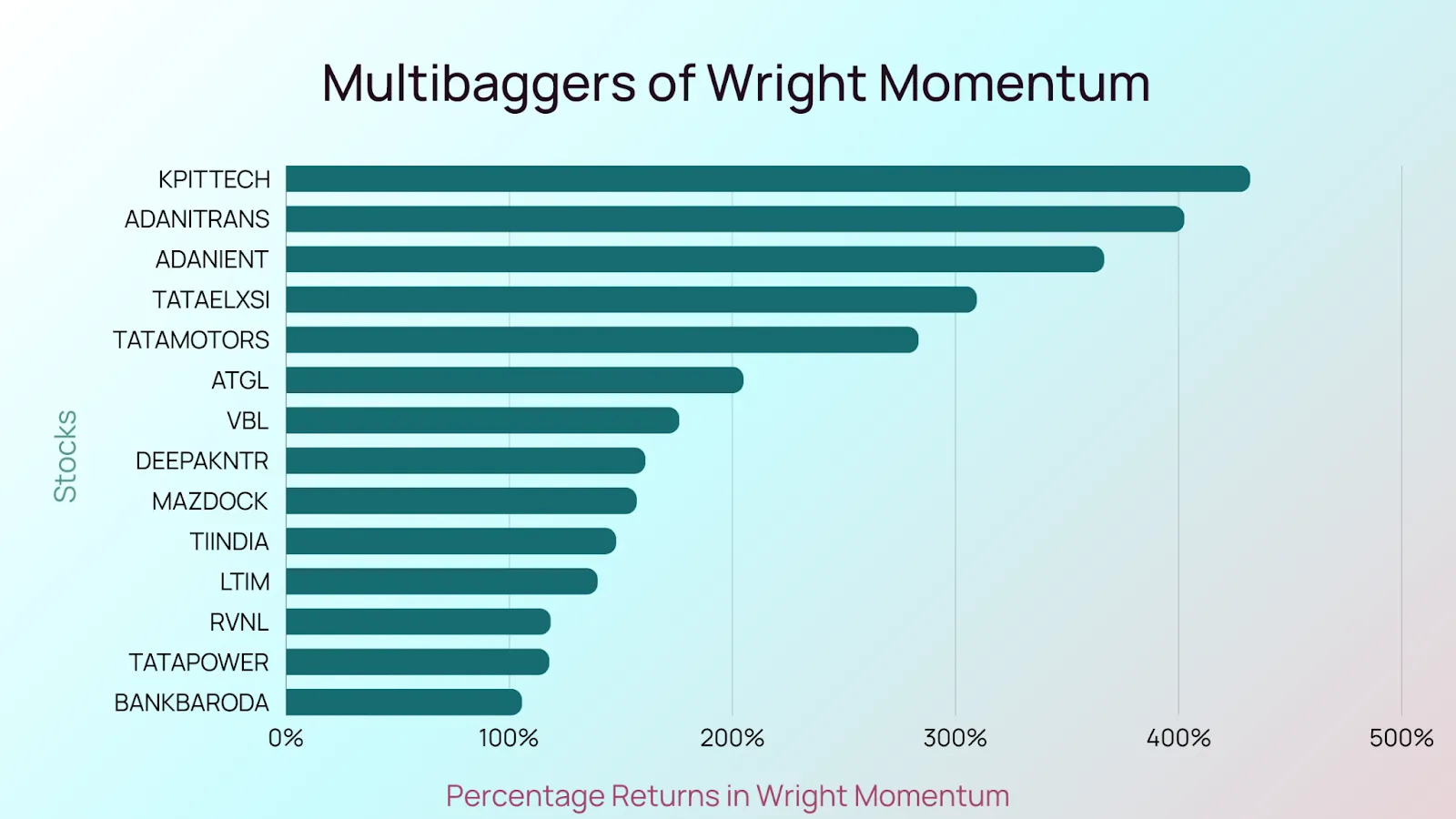 How long do we hold the winners?
How long do we hold the winners?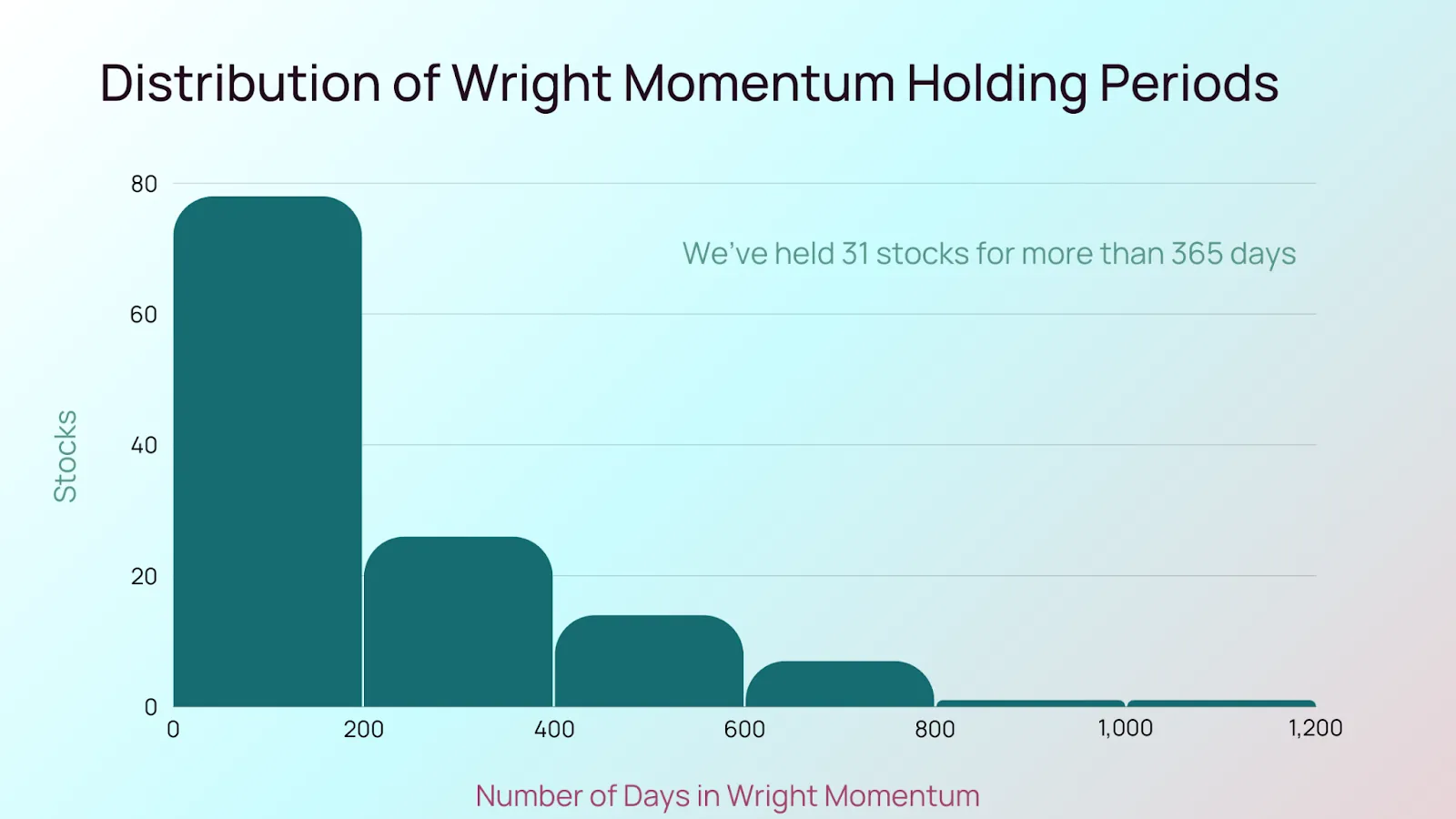 Why does Momentum Work?
Why does Momentum Work?